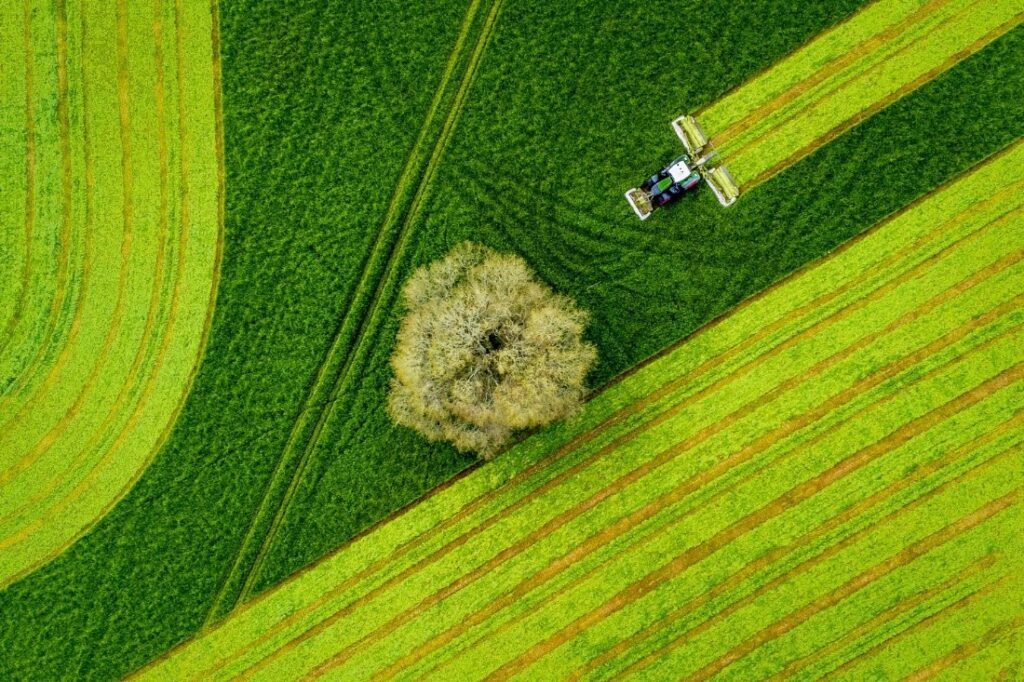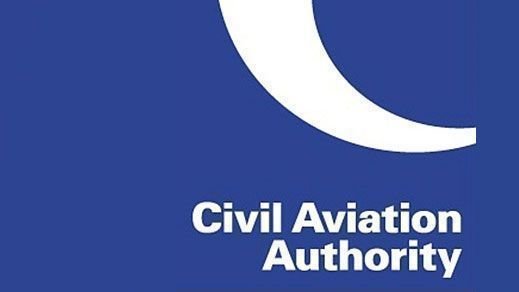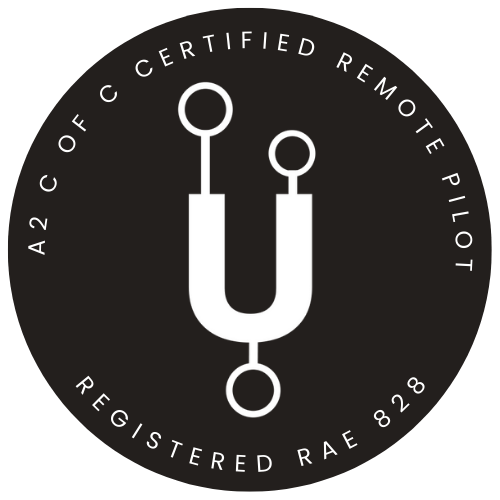Guest Post by Gary Holpin.
One of the main challenges in taking great landscape photos is finding simplicity in the chaotic world around us. Engaging landscape photos take the viewer on a journey through the image, and simple compositions, with clear focal points and minimal clutter help to achieve this. In standard photography, this is often achieved by careful selection of locations, by the help of Mother Nature in the form of fog or snow cover which naturally simplifies the landscape, or by camera techniques such as long shutter speeds which can smooth moving water, thereby simplifying water-based landscapes.

Standard landscape photography is all about finding simple but engaging compositions with minimal clutter and distractions.
A different perspective
The availability of consumer grade drones with decent quality cameras over recent years has added a fantastic additional tool to an increasing number of landscape photographers kit bags. As well as being able to get a different perspective on standard landscape photography, drones are also able to provide a new way of finding simplicity in the landscape, especially with the top-down perspective possible with the camera gimbal; a view of the world that’s simply not possible from ground-based photography.

A ’standard’ landscape shot from a drone perspective, from 30 metres above a foggy landscape.

A top-down perspective drone shot of a bridge crossing a river; a simplicity of composition not possible from the ground.

A top-down perspective drone shot of a tractor mowing a spring field of grass; a simplicity of composition not possible from the ground.
DJI Mini 3 pro picture quality; not as good as a Pro camera, but good enough!
Although the 1/1.3-inch CMOS sensor on the DJI Mini 3 Pro drone doesn’t match the outstanding picture quality of the 61.0MP full-frame back illuminated CMOS sensor on my Sony A7RIV camera (which costs more than three times as much!), the quality is still excellent, and more than sufficient for a professional use. In addition, the drone is easy to fly and full of safety features such as collision avoidance and a ‘come home’ mode in case the drone loses contact with the operator.
Although it does mean even more weight in my already 13kg camera kit bag, I now rarely go anywhere without my DJI Mini 3 Pro, just in case a drone’s eye view is needed to find a different perspective on the landscape.
About me:
Gary Holpin is a professional photographer based in the beautiful county of Devon in the South West of England, specialising in landscape photography, commercial photography & drone photography. You can see more of his work at www.garyholpin.co.uk.




